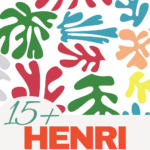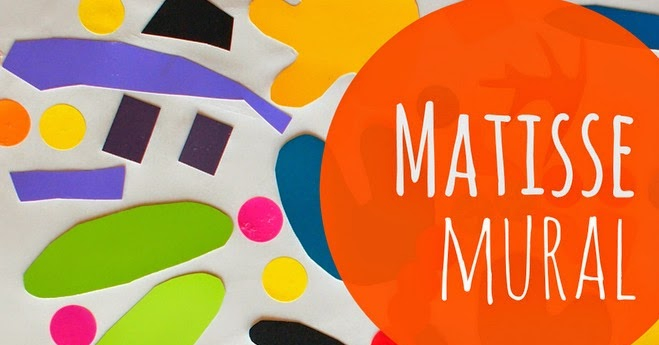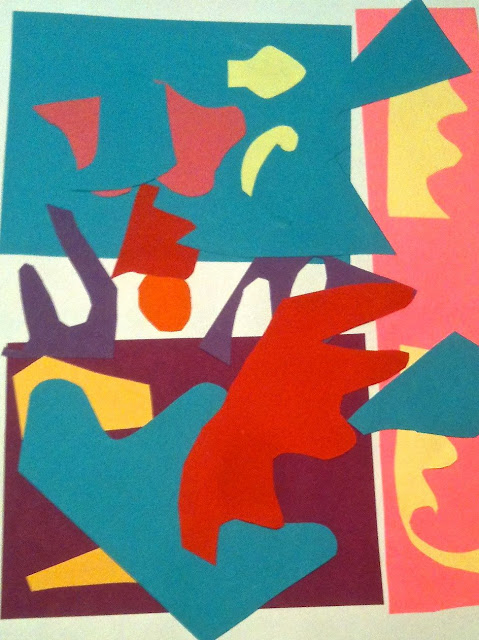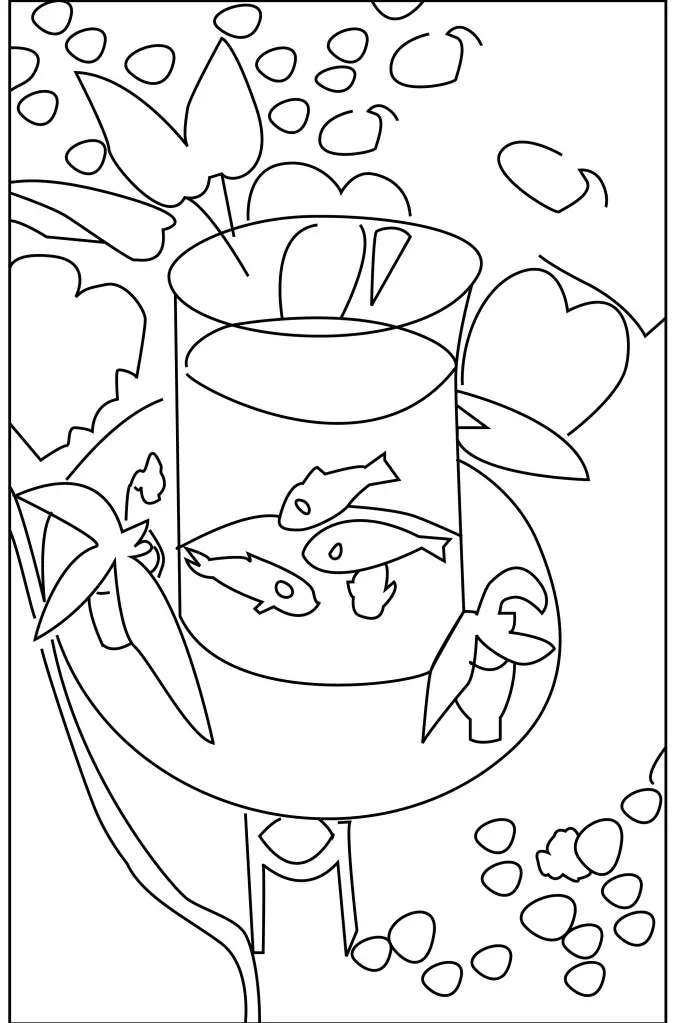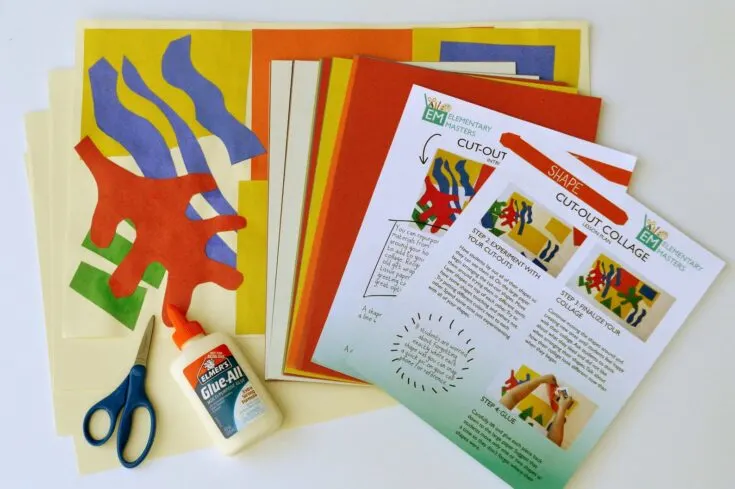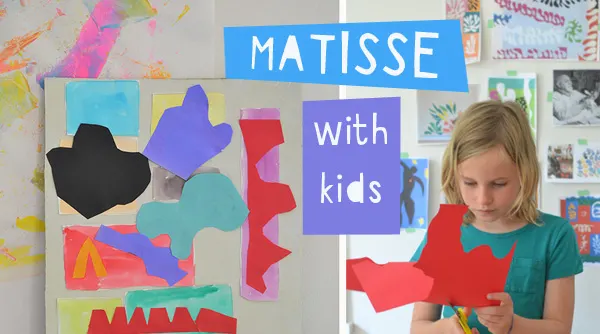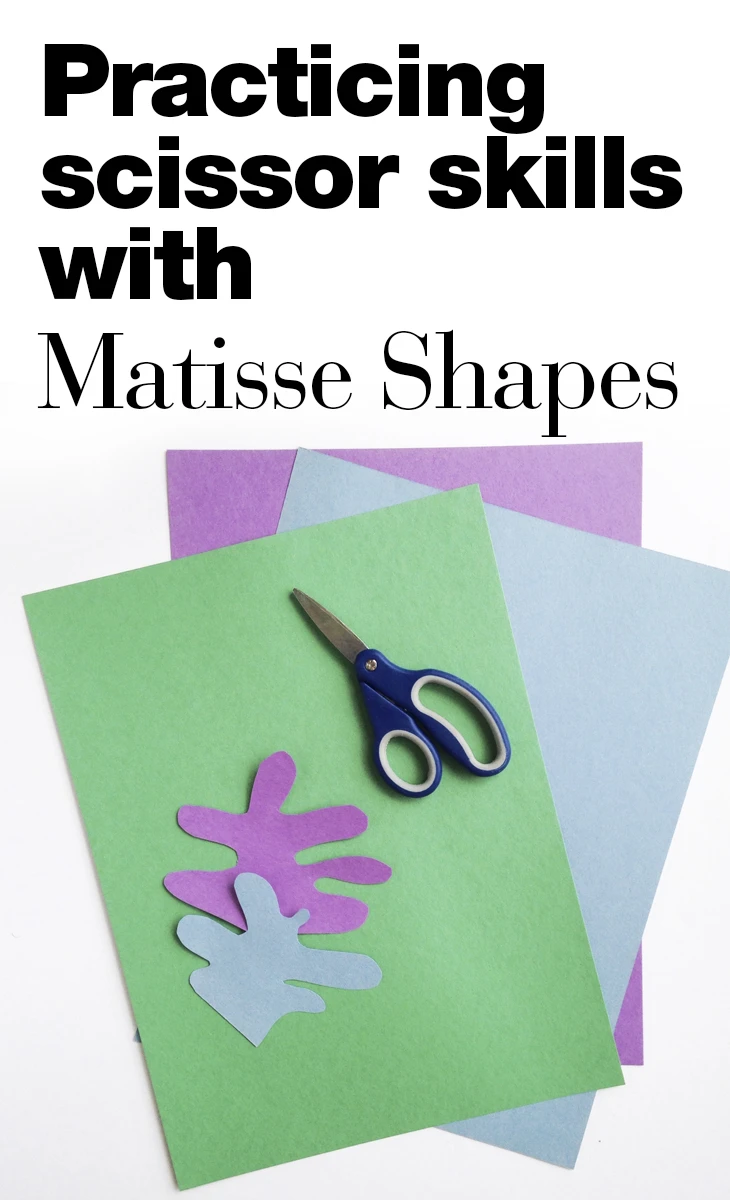Don’t miss out on these Henri Matisse Activities for Kids. Make sure to check out my other preschool cutting worksheets for even more creative fun.
The great thing about learning about artists and their creative art in the past is that it helps kids to want to be creative now, too. This means that they’ll love learning about artists while trying to find a way to showcase their own beautiful works of art, too.
Below you’ll find art projects and books that are all about Matisse. They’ll be able to learn how to create like him and also then read about his life and works of art, too.
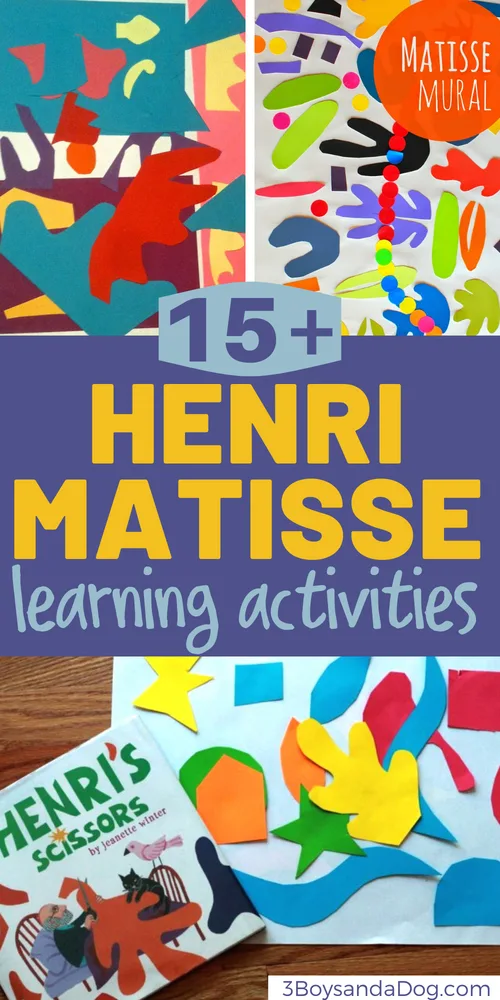
These are great art projects for kids and are a fun way to introduce the art of Henri-Emile Matisse to them, too.
Matisse was born in 1869 and actually studied to be a lawyer for several years of his life. When he returned to Paris for his love of art, he began learning others and also having exhibited at the Salon de la Société Nationale des Beaux-Arts.
Even as he aged in life, he still focused on his art and new and creative ways to be able to express himself through his artwork as well.
What was Henri Matisse’s art style?
Since he was a French painter, he used a lot of color in his works of art. He liked to create but was mainly known to be primarily a painter. His style of art was super important for the visual arts as it brought about change in painting style as well.
He also was grouped with the movement known as fauvism which was described as “wild beast” in French. He was very forward-thinking in the way that he was creative with his use of shapes and colors.
Why is Henri Matisse so important?
This French painted changed the world of art. Through the use of organic shapes and colors, he quickly became one of the most important artists of the 20th century.
Some of the most famous Matisse art projects are Red Studio and Women in a Hat. He has many more and many are still regarded as some of the best works of art to this day.
He showed his talent as a sculptor but is known primarily for his use of colors and shapes. This is what made him unique and made him quite famous as well.
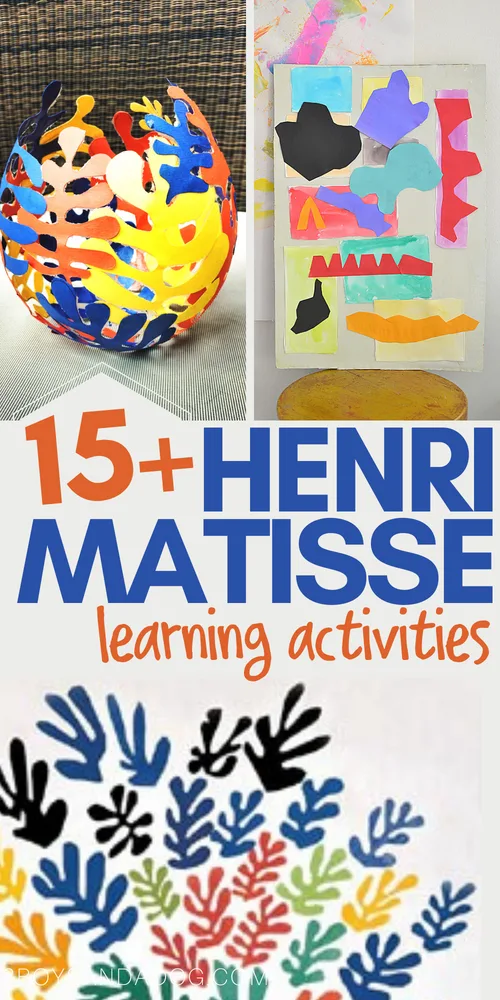
What techniques did Matisse use?
Henri Matisse was an influential French artist of the late 19th and early 20th centuries. He produced some of the most recognizable works of art in history.
His use of color, line and form made him a leader of the Fauvist movement – as such, his work offered an expressionism that pushed past traditional boundaries to produce bold and dynamic pieces.
Matisse was renowned for using expressive brushstrokes to create soft silhouettes and friendly shapes in his paintings; this technique later evolved into an application of cut-outs which he called ‘Painting with Scissors.’
He also utilized bright colors, often used clashing hues in the same area, and created rhythmic patterns of black lines which contrasted against vibrant fields that were frequent themes throughout his artwork.
As one can see, Matisse’s techniques were varied and innovative; they revolutionized artistic styles while offering a unique vision to behold.
What inspired Henri Matisse?
Henri Matisse was an acclaimed French artist and prolific draftsman best known for his influential paintings and artistic experiments with color.
His work was inspired by various sources, from other artists such as Monet, Gauguin, and van Gogh to Cubism, Fauvism, African cultures, and everyday events he experienced throughout his life.
In addition to the influence of early art movements experienced during travels throughout Europe, the Caribbean islands were a great source of inspiration for Matisse due to their intense colors and culture.
The beauty he felt when viewing each place often found its way into his artwork through bright colors interspersed with intriguing patterns.
Despite this variegated array of sources that inspired him his entire career, it was his admiration for nature’s beauty that seemed to be the most significant impetus that shaped the development of his renowned style.
Where were some of Henri Matisse’s most iconic works displayed?
Famous for his experimentation with color, shape, and texture, his works are prized by art enthusiasts worldwide.
Some of his most iconic paintings and sculptures can be found in renowned museums worldwide. In France, three of his star pieces — “The Dance,” “ Young Sailor II,” and “Portrait of Madame Matisse (The Green Line)” — hang in the Musée National d’Art Moderne at Centre Georges Pompidou in Paris.
Other important works line the walls of the Tehran Museum of Modern Art, while two shimmering stained glass windows can be admired at La Chapelle du Rosaire de Vence.
Henri Matisse’s artistic legacy lives on in these powerful creative expressions, inspiring new generations to create their artwork.
How did Henri Matisse respond to criticism?
Henri Matisse responded to criticism uniquely, showing that he was an artist of independent thought who could explore different perspectives.
Although he initially found it difficult to deal with such feedback, he eventually developed a more accepting attitude towards critical responses and began to examine constructive criticism more closely.
His openness to listening and responding to suggestions allowed him to create some of his most successful pieces of artwork eventually.
Matisse believed that taking on board criticisms from both positive and negative reviewers was essential for evolving as an artist, allowing him to gain additional insight that he could use in his work.
Which influences shaped Henri Matisse’s artworks?
Henri Matisse was an iconic figure of the 20th century, and his artworks were deeply rooted in themes such as nature and spirituality. His works of art are often considered to be a combination of other various influences, from Neo-Impressionism to Fauvism and cubism.
Perhaps one of the most notable influences came from Japanese prints, which he purchased on trips to Paris, which were described by French poet Charles Baudelaire, who wrote, “they create an unusual harmony which does all the more good in that it is surprising.”
On top of this, Matisse also studied classical art forms, including designs from Ancient Greek vases and sculptures.
He used a range of colors inspired by Van Gogh and encouraged balance and harmony between colors to manifest emotion in his works.
These influences were further reflected in his later works when he developed a new method that aimed to illustrate movement through figurative abstraction.
Ultimately, Henri Matisse’s artworks show the diverse range of inspirations that shaped his work, creating a distinct style that continues to be admired today.
How long did Henri Matisse’s career last?
His career began in earnest in the 1880s, and he spent six decades honing his skills as an artist, ending shortly before his death in 1954.
During this period, he continually tried new techniques while building on existing ones; he painted extraordinary scenes full of color and life and dabbled with collage and sculpture to create stunning artworks.
Matisse’s work is considered some of the finest from any era; his years-long career left behind a rich legacy that inspires artists today.
As you can tell, he was a man that many people were intrigued by. His mind was creative, and he wasn’t scared to try new things that hadn’t been done or introduced yet. His works of art helped to pave a path to the world of art that we know today.
Henri-Emile Matisse Activities and Resources
These fun activities will teach the kids all about the works of art of Matisse.
A great way for the kids to learn about how to cut out and create.
This is a fun way to learn how to use cutting of objects as colors as a simple way to turn them into art.
Use this as an informational way to learn about his style of creativity and art.
Learning about his life and art is simple with this fun book.
This fun egg shows just how creative his style of art can be.
Ready to learn more about his life? This free printable biography will give a ton of great information.
Sit down and read this fun story with the kids!
This fun mural craft is a great way for the kids to use bright colors to create murals.
As you can see, the creative style of Matisse was all about shapes and bright colors.
This fun coloring book will give the kids fun items and things from his life to color!
Cut-Out Collage teaches about shape, color and the art of collage while learning about artist Henri Matisse.
The box includes:
- 2 page introduction to the lesson
- 2 page lesson plan
- glue
- scissors
- 50 sheets of multi-colored construction paper
- 3 large sheets of paper
Another fun activity for the kids to learn about how to create with colors.
Open up this book and read the pages together with the kids. It's fun and educational for all.
This is a great activity for the kids to work on their scissor skills while creating fun shapes, too.
See how fun it cane be to make objects with bright colors?
The more varied shapes, pieces, and colors - the better!
When it comes to choosing from these great art activities, which one are you going to have your little art student do first?

